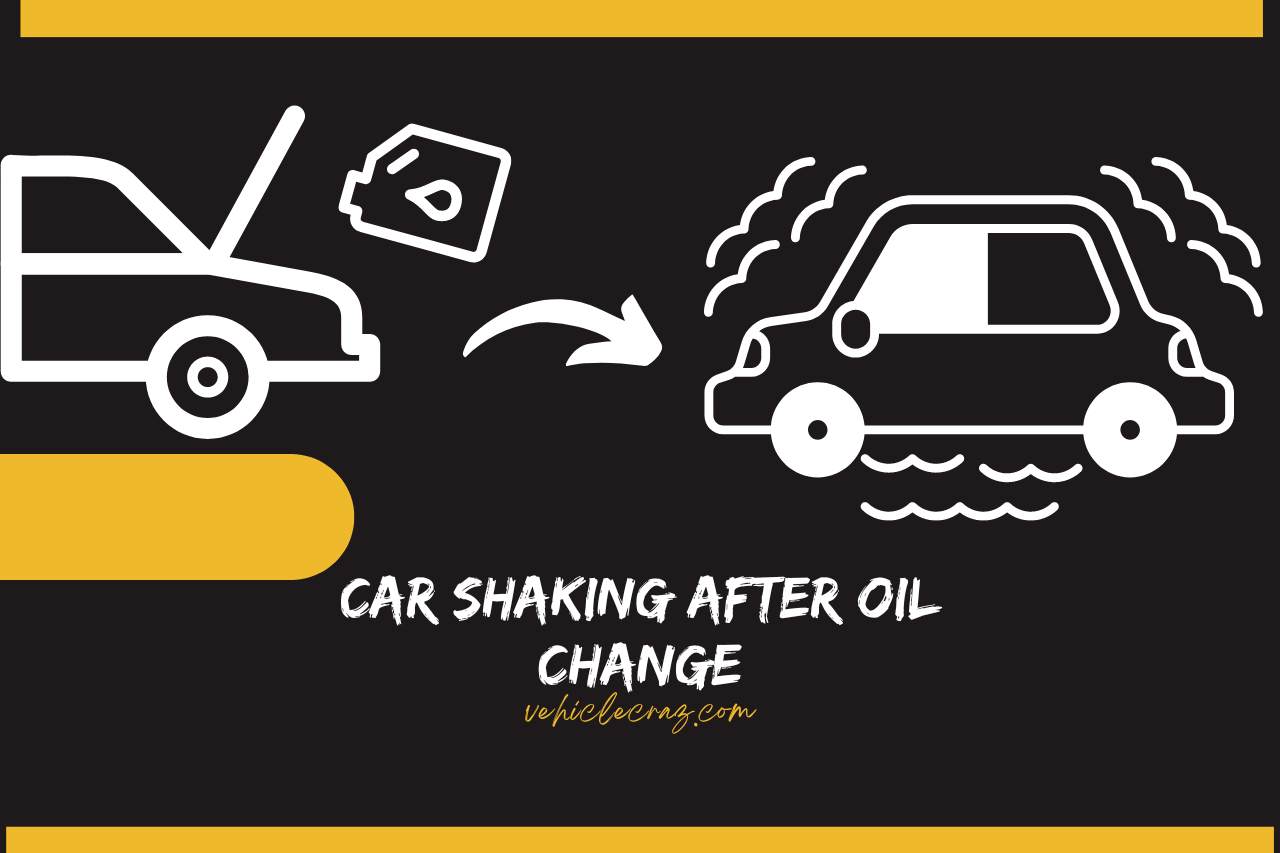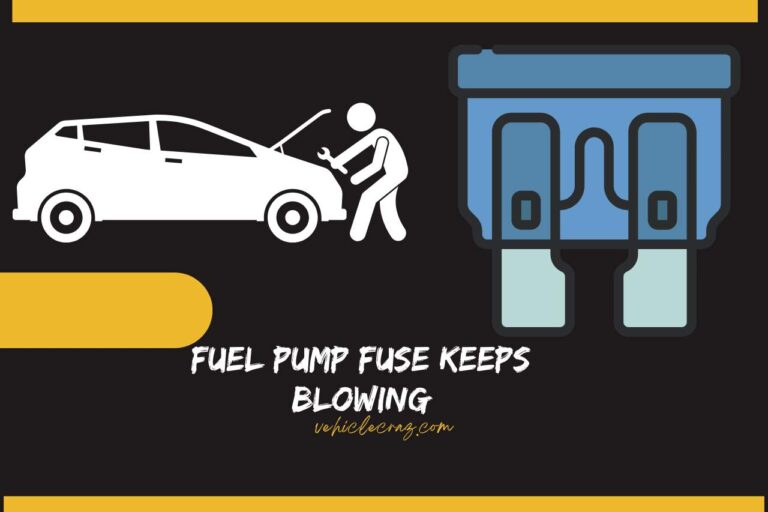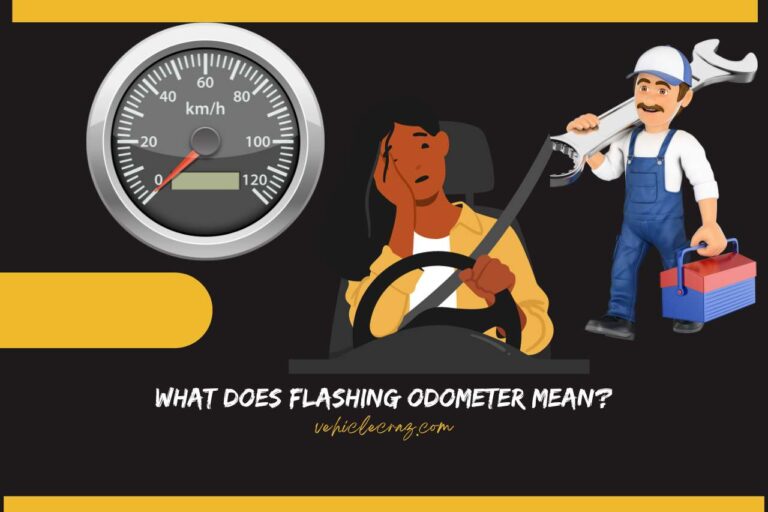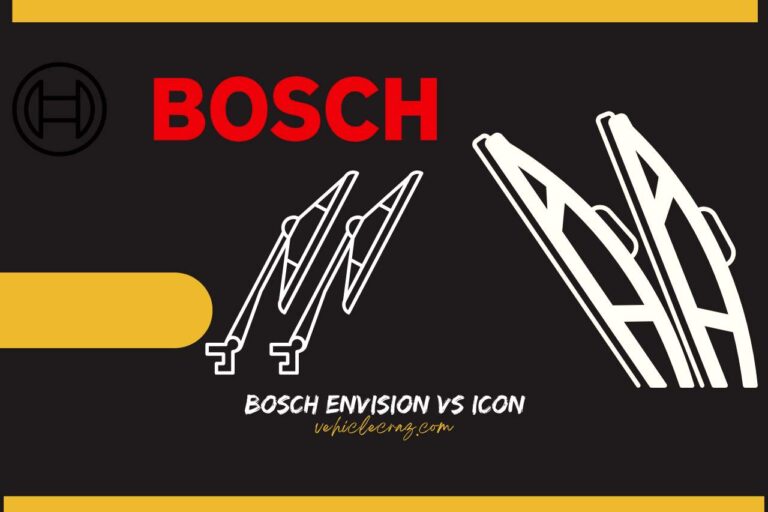Car Shaking After an Oil Change – Unraveling the Mystery!
It is normal to feel some vibration while driving a car because the internal combustion engine and other moving parts cause some mechanical motion. It is cause for concern when your car starts to shake excessively, especially when it’s stopped or idle. This behavior frequently happens soon after an oil change and can disturb and confuse drivers. This article explores why your car is shaking after an oil change and the appropriate course of action.
Is It Normal for a Car to Vibrate After an Oil Change?
The answer is yes. A car can vibrate to a certain degree after an oil change. It is frequently caused by elements such as using low-quality or inappropriate engine oil. It can worsen engine friction even after an oil change.
Vibrations may occur if the oil’s viscosity or quality is insufficient for your engine. While some vibration is normal during engine running, it’s vital to remember that severe or continuous shaking could indicate problems other than poor oil quality.
Routine maintenance, proper oil selection, and frequent oil changes are crucial to reduce such vibrations and ensure a smooth engine.
Why is My Car Shaking After an Oil Change?
It can be confusing to experience car shaking after an oil change but to handle the problem successfully, it’s critical to understand the possible causes of this occurrence.
- Malfunctioning Oil Pressure Sensor – Incorrect oil level readings can be brought on by a malfunctioning oil pressure sensor, which some people unplug to clean during an oil change. It may result in the engine operating with low oil pressure. It would increase friction and vibrations. To prevent this, wiping and replacing the sensor before adding new oil or flushing the engine with the proper solution is preferable.
- Low Engine Oil Levels – Rough idling and vibrations may result from improper maintenance of the engine oil level during an oil change. Simply topping off the oil without ensuring all of the old oil has been drained might lead to excess oil that can create foaming and hinder appropriate lubrication. Before adding new oil, it is crucial to properly drain the old oil, warm it for efficient drainage, and clean the engine.
- Excessive Engine Oil – If the engine is overfilled with oil, the crankshaft may become flooded, resulting in foam and bubbles that prevent lubrication and increase friction and vibration. It’s crucial to drain the oil correctly and to top it off to the proper amount.
- Clogged Oil Filter – An oil filter that is dirty or clogged reduces the oil flow to the engine’s internals, increasing friction and causing vibrations when the parts rub against one another. The oil filter should always be changed during an oil change to guarantee proper oil flow and lubrication.
- Inappropriate Oil Viscosity – Using oil that is too thick (the improper viscosity) for your engine might cause poor lubrication, particularly at high temperatures. It may cause friction and vibrations. It may result in more harm. For the proper oil viscosity, consult your owner’s manual.
- Oil Leak – When an engine is oil-starved, friction and vibrations increase. Long-term leaks may result in additional engine problems and low oil pressure alerts. Check for oil puddles below the vehicle, determine their cause, and fix or replace any damaged plugs, gaskets, or seals.
Car owners have a greater ability to take preventative measures and maintain correct maintenance practices during oil changes when they are aware of these potential reasons for car shaking after an oil change.
Driving can be smoother and more dependable if oil levels are regularly checked, the right oil is used, and oil leaks are quickly fixed. If problems continue, it is advised to get expert auto advice to identify and fix the issue.
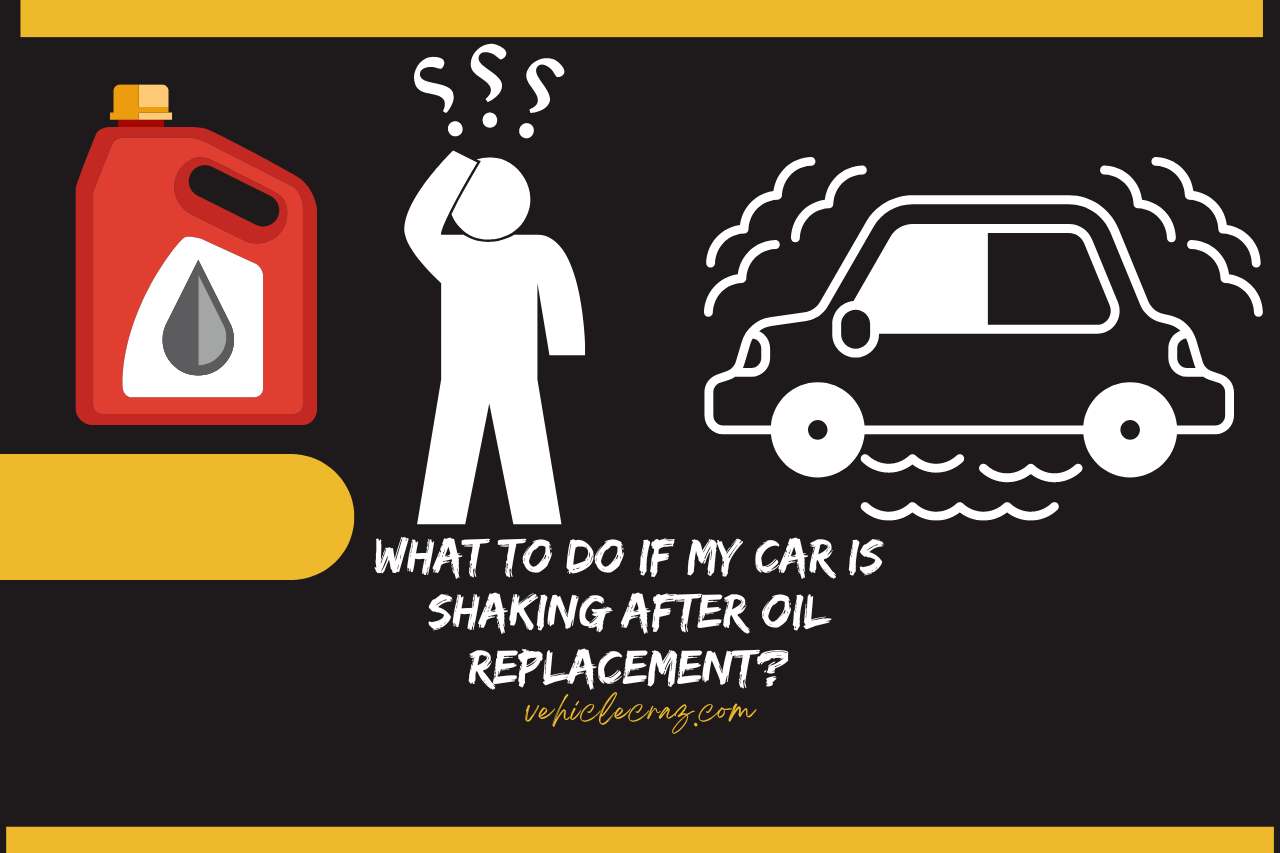

What to Do If My Car is Shaking After Oil Replacement?
- Low Oil Levels – Inadequate lubrication and engine components grinding against one another can result in vibrations if your engine oil level is below the minimum mark on the dipstick after an oil change. The fix is to top off the engine oil to the required level without exceeding the dipstick’s upper limit.
- Excessive Oil Amounts – Adding oil in excess, even just a bit beyond the full mark, can raise the crankshaft pressure. It will make the engine oil foam up and prevent it from lubricating properly. Low RPMs and significant shaking may result from this. Drain the extra oil, swap out the oil filter, and then add the right amount of oil as directed in your vehicle’s owner’s manual to fix this.
- Incorrect Oil Type – Your car may shake if you use oil that is the wrong viscosity (thickness) for your engine because of insufficient lubrication and friction. Remove any faulty oil, change the oil filter, and apply the oil that your owner’s manual recommends.
- Changing Motor Mounts – Motor mounts occasionally have a role in post-oil change shaking. If one motor mount is altered, be sure that both are replaced. Consult a qualified mechanic for proper installation if shaking continues due to improperly mounted horses.
- Oil Filter Clog – A clogged oil filter may reduce oil flow, which causes poor lubrication and more friction. To avoid this problem, always replace the oil filter when you change the oil. If the oil has contaminants, change it after replacing the oil filter.
- Oil Leak – An oil leak can cause low oil levels. It can impair lubrication and increase friction between engine components. Replace damaged features that cause severe leaks and use high-mileage oil for minor leaks.
Is It Safe to Drive My Car While It’s Shaking After Oil Change?
It is unsafe to drive an oil-changed car that is trembling. Shaking and vibrations after an oil change could signify a mechanical problem or a mistake made when changing the oil. Ignoring these signs can result in more damage and possibly more serious issues.
It is unsafe to operate the vehicle if there is an oil leak because it poses a fire risk and may hasten engine wear.
To ensure that the car works safely and reliably, it is crucial to take care of these problems immediately and have a mechanic check it out.
Can the Wrong Oil Cause Car Vibrations?
The answer is yes. When changing the oil, car vibrations can be caused by using the incorrect oil grade or lower-quality oil.
Thicker oil than the manufacturer recommends can lead to insufficient friction between engine components. It can cause vibrations and rough idling.
If the oil filter isn’t changed, it may fill up with used oil and hinder oil flow. It might result in vibrations. For an engine to run smoothly and to avoid vibrations or other problems, the proper oil grade and quality must be maintained.
Can Too Much Oil Lead to Car Vibrations?
The answer is yes. Vibrations can occur when your car’s engine has too much oil in it, when too much oil, the crankshaft may dip into it, producing foam or air bubbles.
This foam can cause engine misfires or stalls by preventing the oil from properly forming a lubrication film between engine components.
As the extra oil interacts with combustion and engine function, these problems may appear as vibrations and odd noises while driving. To avoid these issues, keeping the oil level at the proper level is crucial.
Watch this one,
Video Credits – ehowauto
You May Also Like


I’m Alex, a seasoned mechanical teacher with over 20 years of hands-on experience in Australia. My passion for all things automotive has driven me to establish this blog, aiming to share my wealth of knowledge and expertise with fellow enthusiasts, DIYers, and anyone keen on understanding the mechanics behind the machines we rely on daily.

